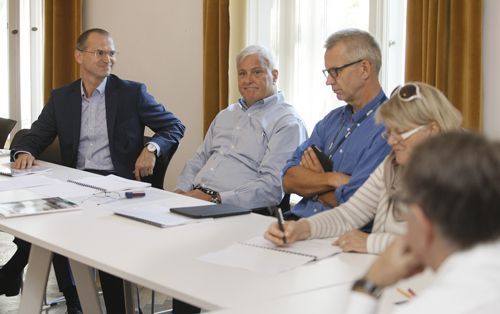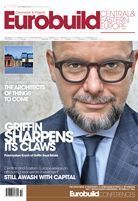Even though this was not actually Eurobuild’s debut when it comes to architectural awards, as we have been presenting them since 2011, we can now talk about a completely new approach. All thanks to the inclusion of these honours at the Festival of Architecture, also organised by Eurobuild.
Important emphasis
What are the most significant changes? Firstly, Eurobuild is now cooperating with the Association of Polish Architects (SARP), which has taken the event under its wings. “The competition seems very important for our institution because, generally, such competitions tend to focus on public utility buildings and the awards would go to concert halls, museums, etc. Here, by contrast, we are mostly appreciating commercial buildings – and this is indeed a very important field of architecture, which often tends to get passed over and dismissed as something completely ordinary,” emphasises Grzegorz Stiasny, the vice-president of the Association of Polish Architect































































